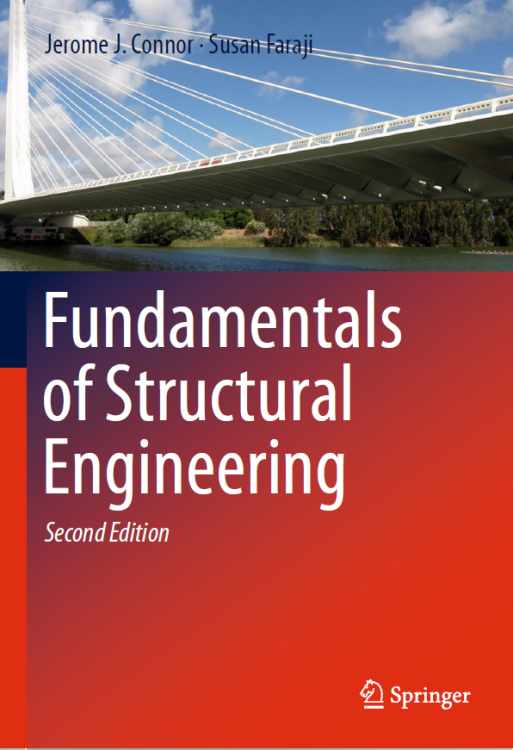Kami menggunakan cookies untuk membuat pengalaman Anda lebih baik. Untuk mematuhi petunjuk e-Pribadi yang baru, kami perlu meminta persetujuan Anda untuk menyetel cookies. Pelajari lebih lanjut .
Fundamentals of Structural Engineering
The first edition considered only linear elastic behavior of structures. This assumption is reasonable for assessing the structural response in the early stage of design where one is attempting to estimate design details. As a design progresses, other critical behavioral issues need to be addressed.
- Baca | Unduh PDF
- Fundamentals of Structural Engineering
The first edition considered only linear elastic behavior of structures. This assumption is reasonable for assessing the structural response in the early stage of design where one is attempting to estimate design details. As a design progresses, other critical behavioral issues need to be addressed.
The first issue concerns geometric nonlinearity which results when a flexible member is subjected to axial compression loading as well as transverse loading. This combination causes a loss in axial stiffness for the member, which may result in a loss in stability for the structural system. Euler buckling is an example of this type of nonlinear behavior.
The second issue is related to the behavior of the material used to fabricate structural members. Steel and concrete are the most popular materials for structural applications. These materials have a finite elastic range, i.e., they behave elastically up to a certain stress level. Beyond this level, their stiffness decreases dramatically and they experience significant deformation that remains when the specimen is unloaded. This deformation is referred to as “inelastic deformation.” The result of this type of member behavior is the fact that the member has a finite load carrying capacity. From a structural system perspective, it follows that the structure has a finite load capacity. Given the experience with recent structural failures, structural engineers are now being required to estimate the “limit” capacity of their design using inelastic analysis procedures. Computer-based analysis is essential for this task.

